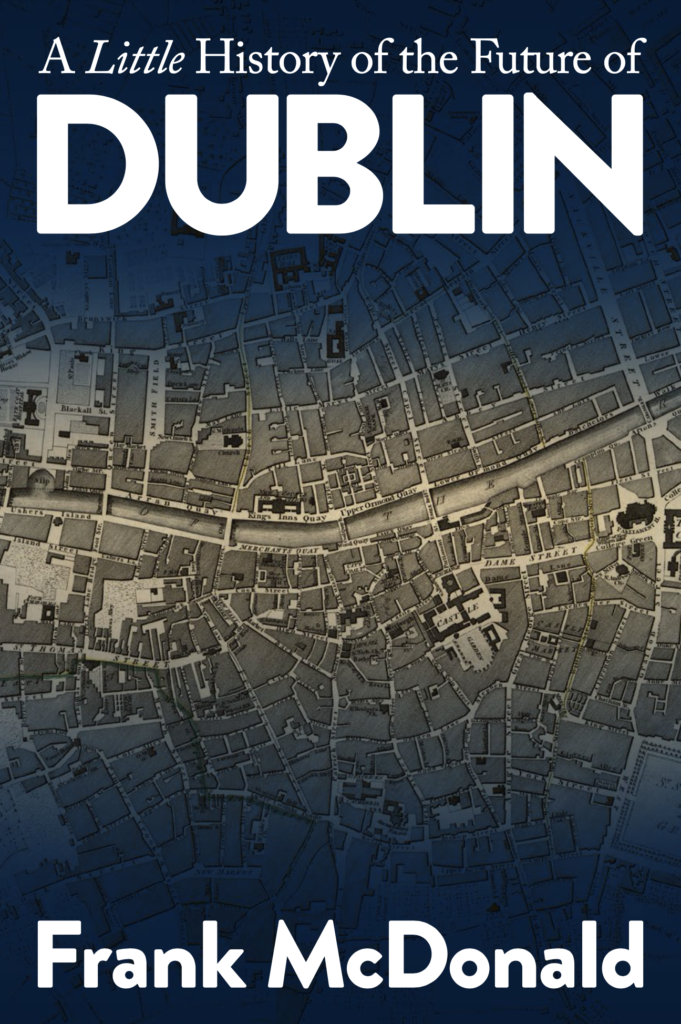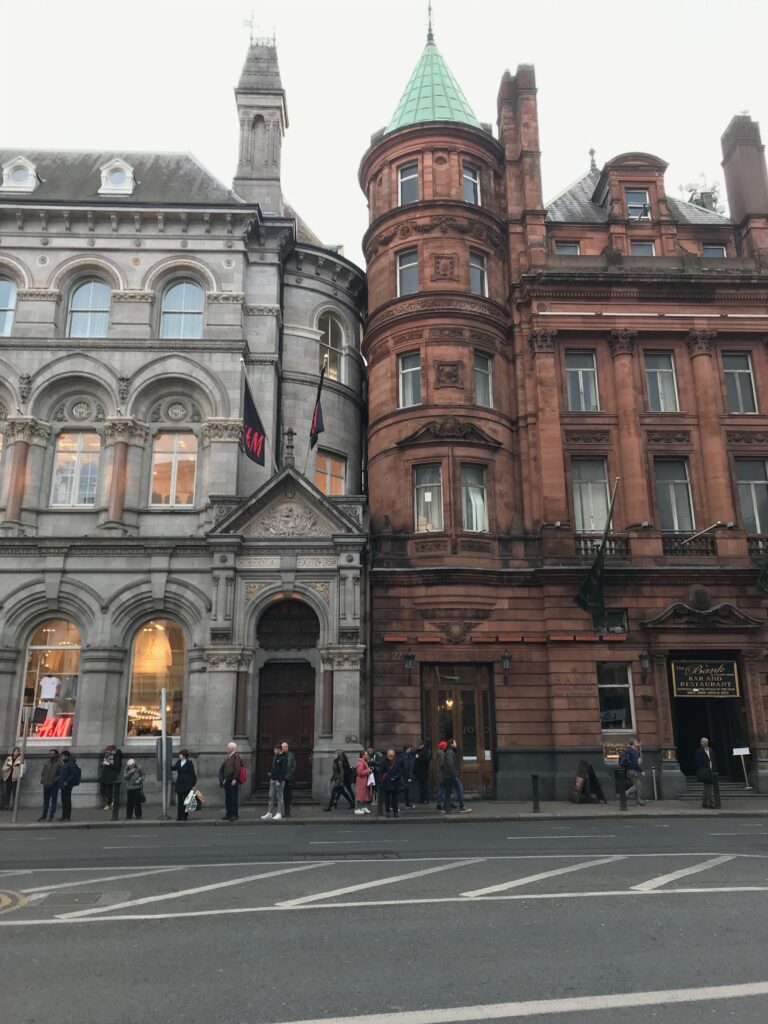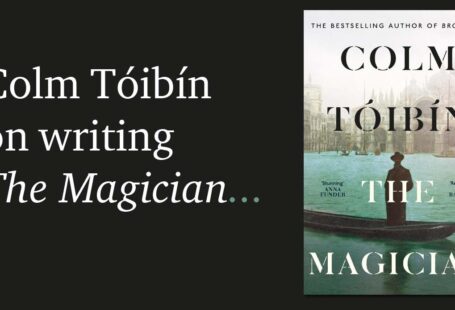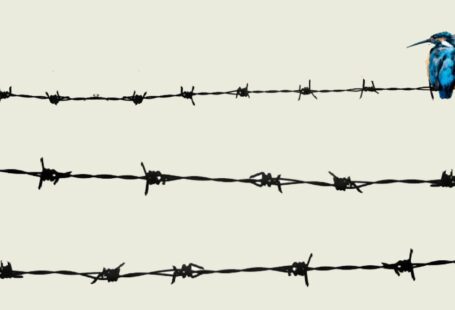
Serendipity is a wonderful thing. Without it, I would never have written A Little History of the Future of Dublin. Trevor White, director of the wonderful Little Museum of Dublin, had asked me to write an “essay” to accompany an exhibition tracing the city’s planning history from the 1660s onwards the futuristic visions put forward by different generations of Dubliners over the centuries.
The 1660s might seem like a random place to start, but it isn’t. Prior to then, Dublin developed haphazardly from its Viking origins through the Norman period and the English Pale. But it was only from the 1660s, with the return of James Butler, 1st Duke of Ormonde, as Viceroy of newly-restored King Charles II, that the city came to be consciously planned as Ireland’s capital.

As the great Maurice Craig noted in his masterpiece, Dublin 1660-1860, when Ormonde stepped off his boat at Ringsend on July 27th 1662, “the Renaissance, in a word, had arrived in Ireland”. And the visionary Duke — one of the Butlers of Kilkenny — left us with such great legacies as the Phoenix Park, the Liffey quays and the Royal Hospital Kilmainham.
In the 18th century, Ormonde was followed by the Wide Streets Commission, which created the Georgian streets and squares in collaboration with the landed gentry, to make Dublin one of the most splendid cities in Europe by 1800, with magnificent public buildings such as the old Parliament on College Green, the Custom House and the Four Courts.

Fast-forward to lockdown Dublin, when architect Alan Mee and I were hand-delivering our objections to some overblown high-rise “co-living” scheme and saw trolley-loads of documentation being wheeled into An Bord Pleanála on Marlborough Street. “Remember the US ‘military industrial complex’? What we have in Dublin now is the Planning Industrial Complex”, he observed.
Alan suggested — even insisted — that I should write a book about it all, so the Little Museum “essay” turned into that book. And it is the first time, I believe, that anyone has attempted to pull together the planning history of Dublin from the glory days or Ormonde, Luke Gardiner and the Wide Streets Commissioners, right through the centuries to the present day.
It couldn’t be more timely, because there’s a real battle going on right now for the soul of Dublin, exemplified by the huge turnouts for protest marches against plans for yet more hotels that would gobble up the Cobblestone pub in Smithfield and radically change the entire sense of place of Merchants Arch — our own little version of the souks you’d find in Morocco.
Just like the city’s human scale, Dublin can ill afford to lose it.

Frank McDonald began his journalism career with The Irish Press in the 1970s. He joined The Irish Times in 1979, becoming Environment Correspondent in 1986, and later Environment Editor in 2000, finally retiring in 2015. Throughout his career, his writing has focused on planning and development in Dublin, from the demolition of parts of the Georgian city, to the effect of Airbnb. His books include The Destruction of Dublin (1985), The Construction of Dublin (2000), and The Builders: How a Small Group of Property Developers Fuelled the Building Boom (2008). He lives in Dublin City.






Recent Comments